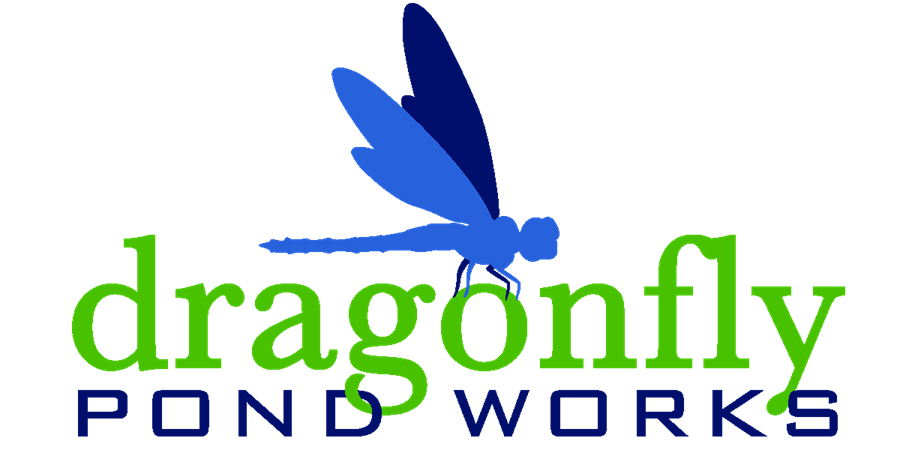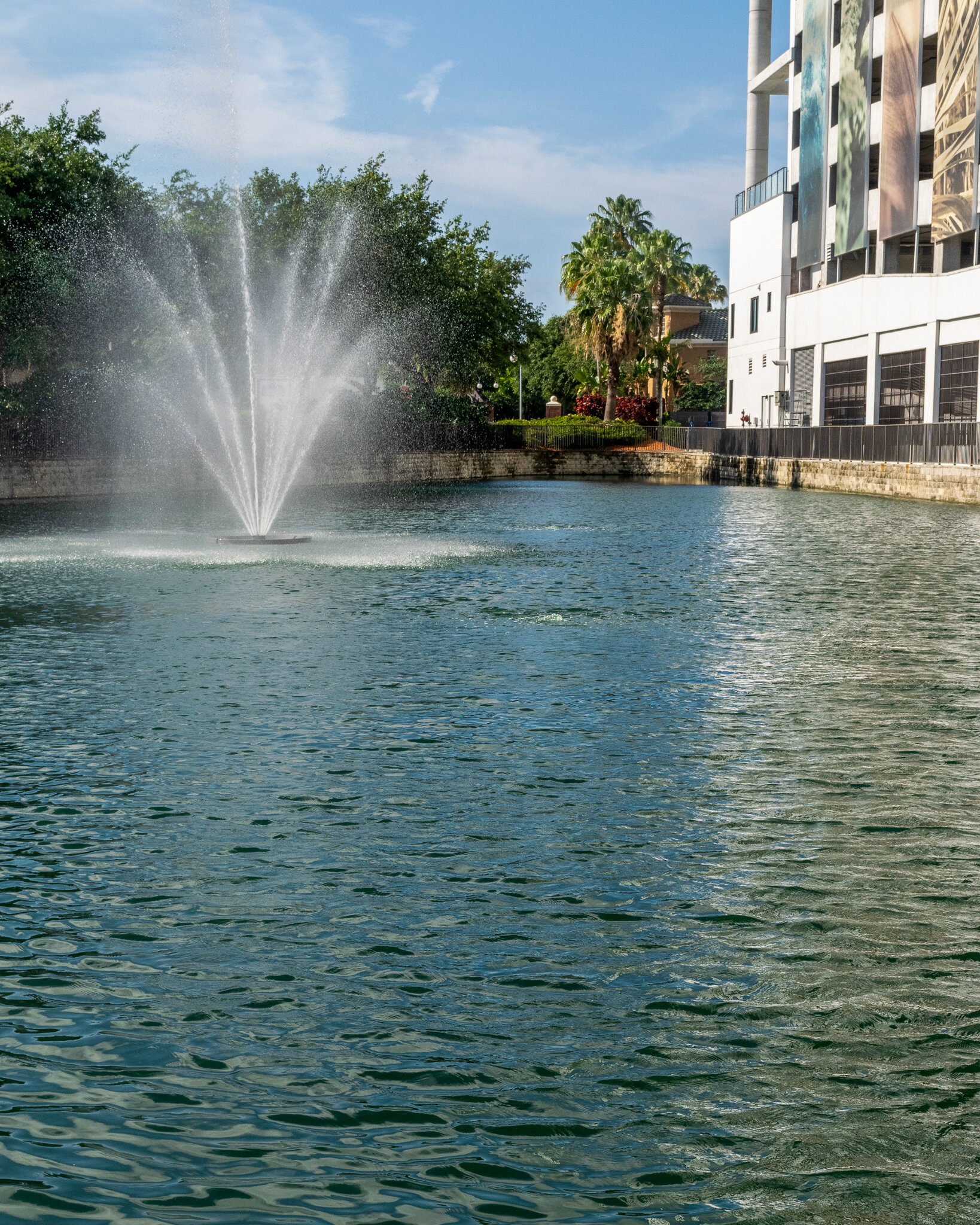Bacteria...it’s not always bad!
Before and after of a severe algae infestation. Best management practice was to first treat with EPA approved algaecides and then reduce nutrient overloading by introducing beneficial bacteria to the system.
When most people think of bacteria, they picture nasty little bugs and germs and other things that we enjoy attacking with Lysol, bleach and other caustic chemicals.
However, in the world of pond management, bacteria are becoming one of the most useful tools to fight against algae growth. The best part is that it’s eco-friendly! The ways of the past for algae treatments have always been a copper algaecide, but it can be toxic to fish. Licensed application experts have to be cautious with application rates by guesstimating appropriate levels that will cause the least amount of harm. Then came along chelated (bonded) copper algaecide, which is much safer for fish and the ponds in general because it uses less of the active ingredient, but both treatments are still a chemical-based algaecide.
So the question then becomes, ”why treat the symptoms when you can cure the disease?”
Like all plants, algae needs nutrients to grow - particularly phosphorus. If we take away the food source then the plant simply can’t survive, and that’s where the bacteria comes in. Beneficial bacteria are basically live bacteria and enzymes that consume organic matter, otherwise known as detritus. This can be leaves, grass clippings, sticks, dead fish or basically anything that makes it into the pond and decays. We use slow-release pellets made up of "good bacteria," which sink to the bottom of the pond and begin digesting organic matter that is feeding the muck in the pond.
Also, it’s important to remember that when we treat algae and other types of invasive weeds they will go through the same decomposition process and release nutrients into the system as well. The bacteria will consume these nutrients, depleting the available phosphorus for algae growth and remove bottom muck from the system at the same time. So far we have had fantastic results using bacteria pellets for algae treatments.
If your water feature has become swampy and full of muck, let Dragonfly Pond Works show you the most cost-effective and eco-friendly way back to a clear, beautiful and healthy pond or lake.
About Dragonfly Pond Management
Dragonfly Pond Works helps clients discover their sanctuary. We are an environmental services company that customizes water beautification solutions, creating natural pond, lake, and wetland refuges for residents, property owners, and community members to enjoy. Our practices work in harmony with nature, but also within your budget.
As experienced specialists in pond and lake management, our designs transform retention ponds, sand filters, stormwater basins, underground detention facilities, and other types of aquatic systems into healthy and integrated waterscapes.
From Maryland to Florida, Dragonfly Pond Works serves clients throughout the mid-Atlantic region, including corporate, commercial, and public accounts, residential customers, and homeowner associations. We strive to develop long-term relationships based on quality work, timely service, cost efficiency, and of course, trust.


